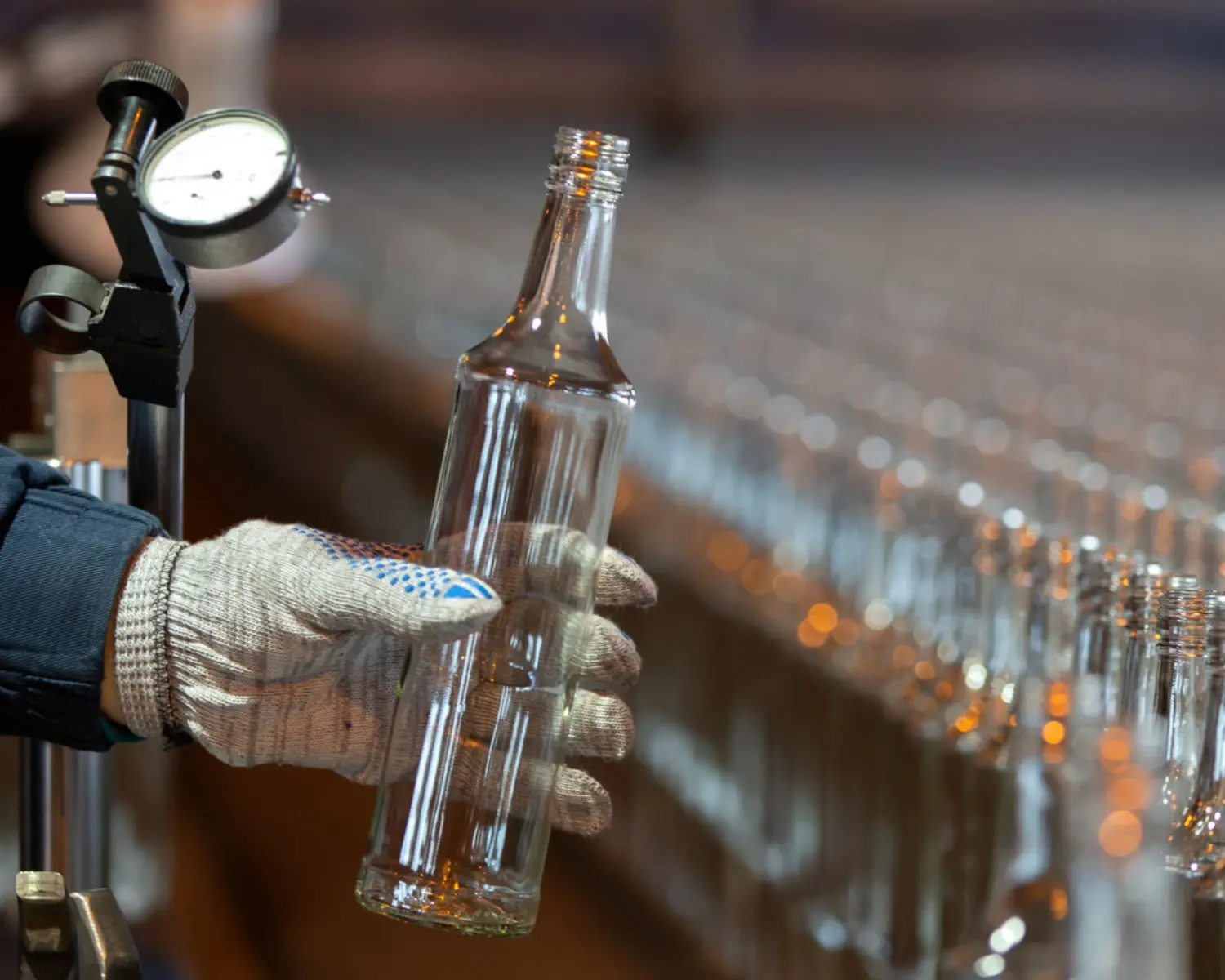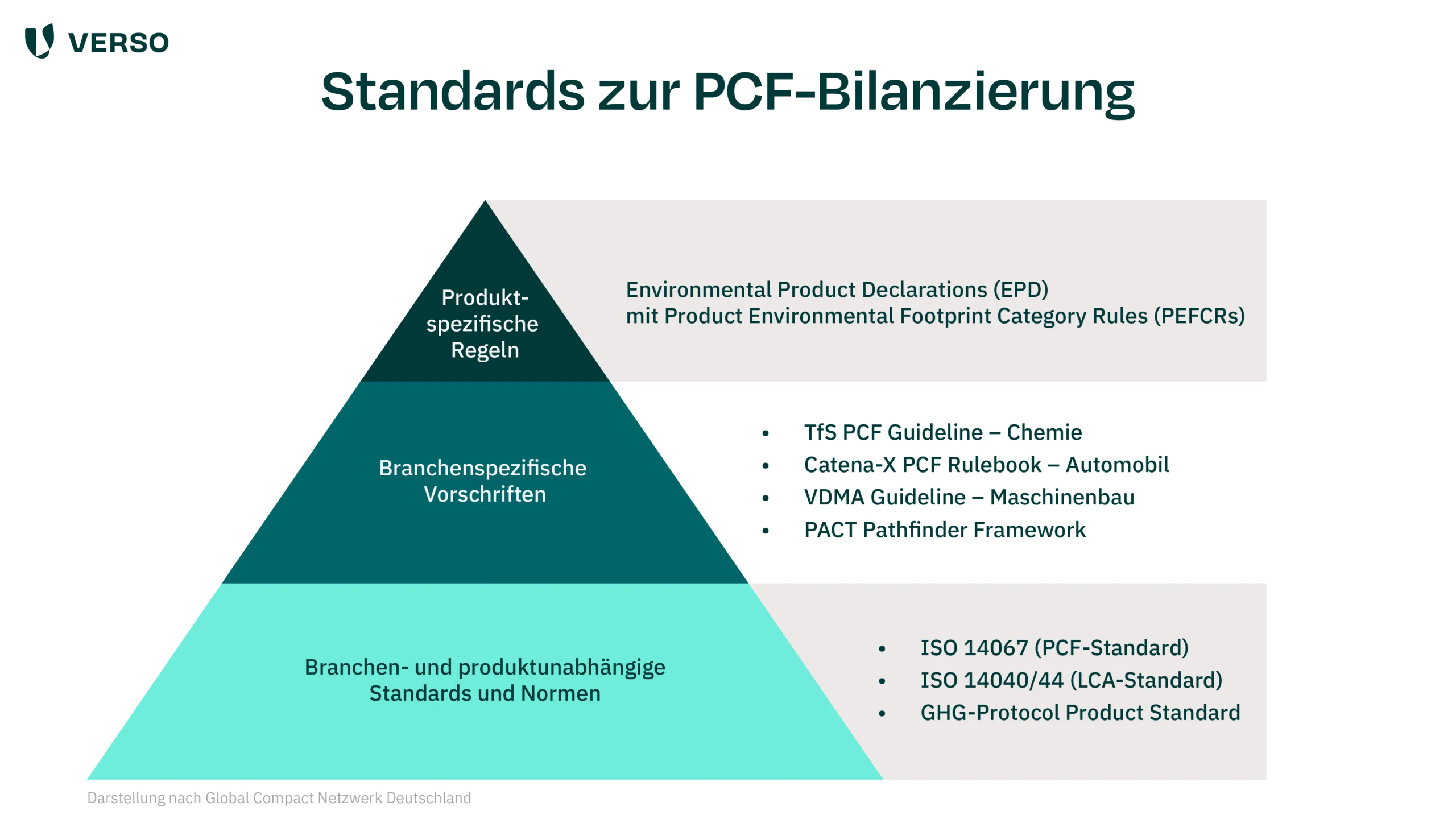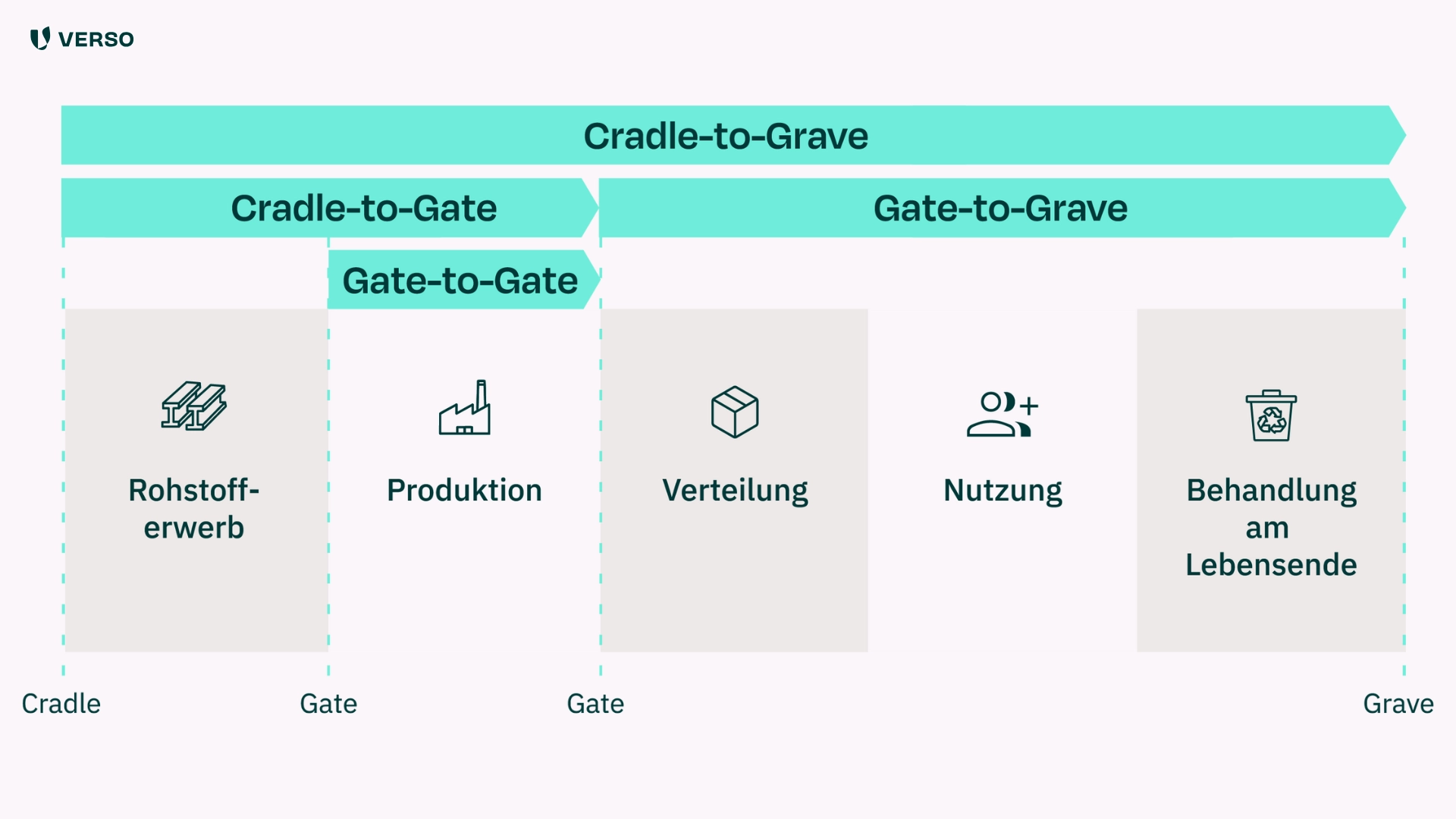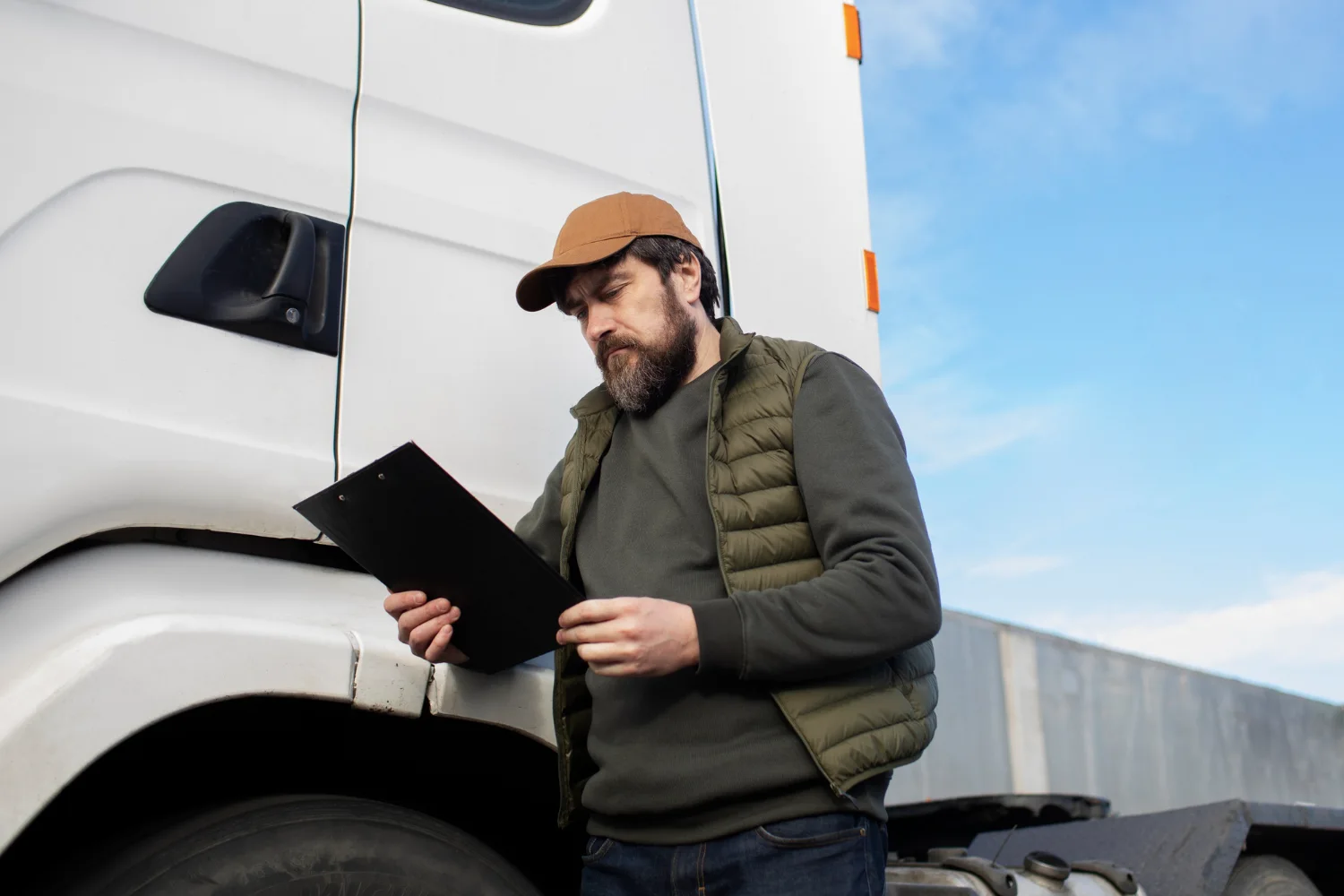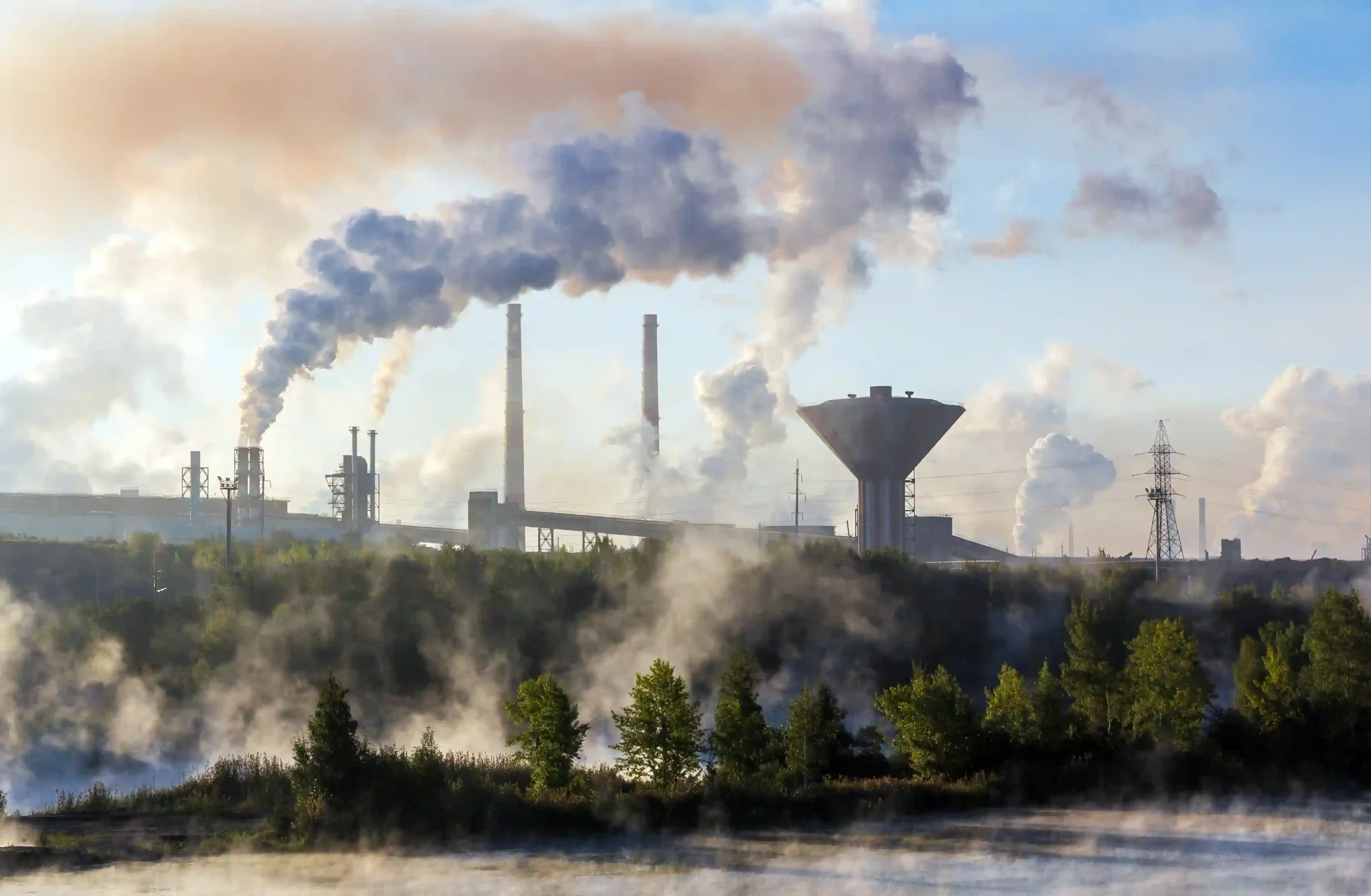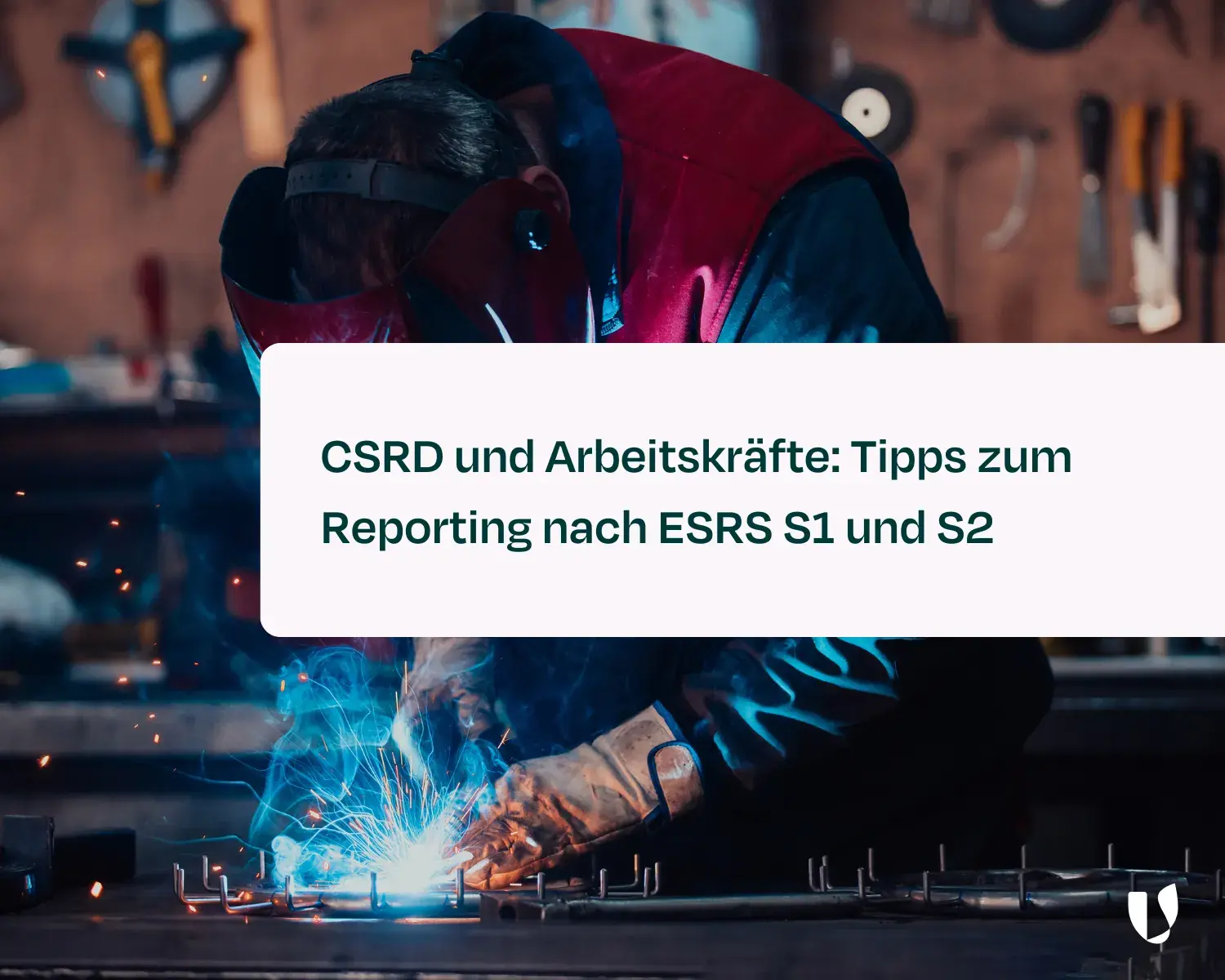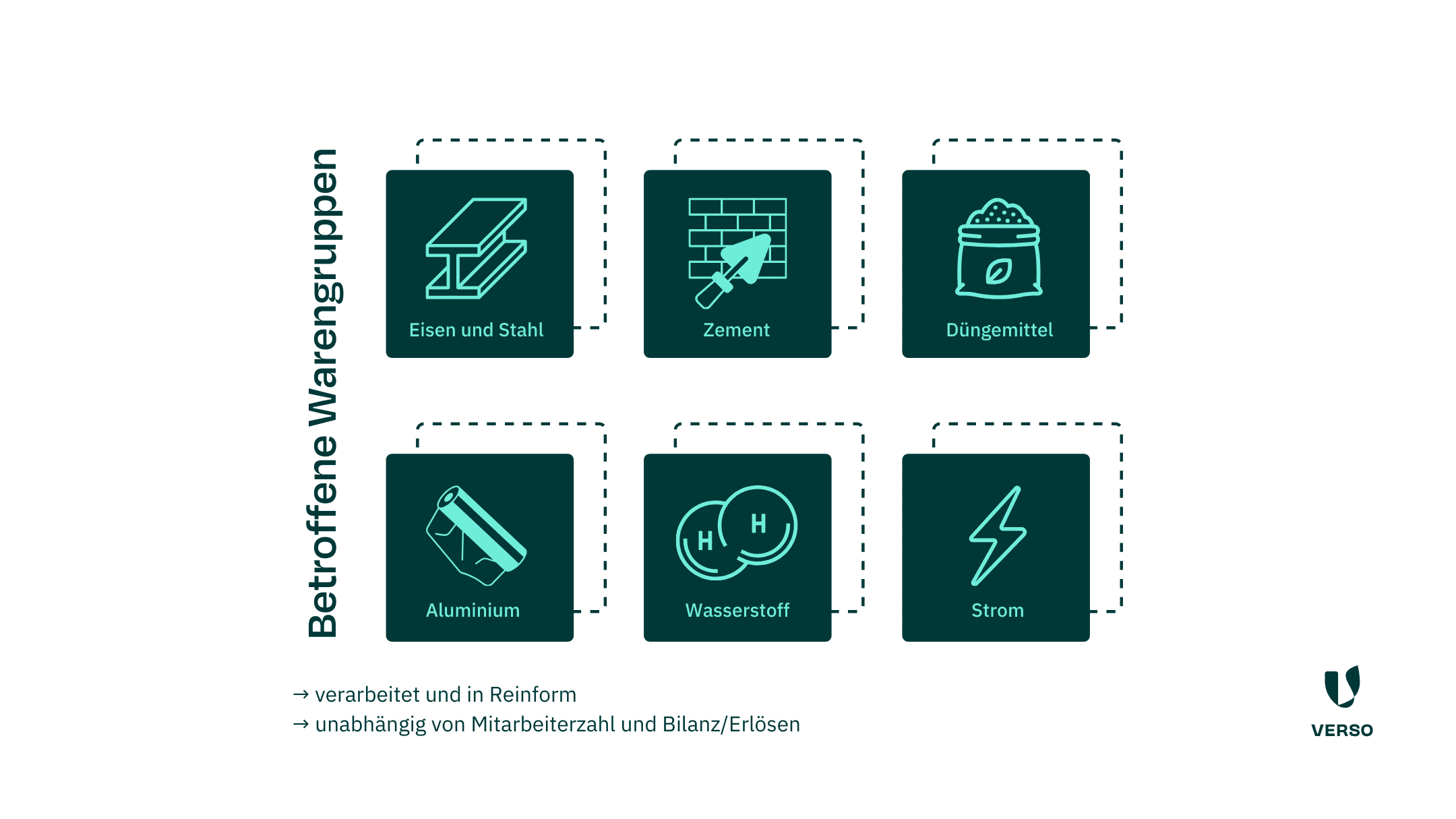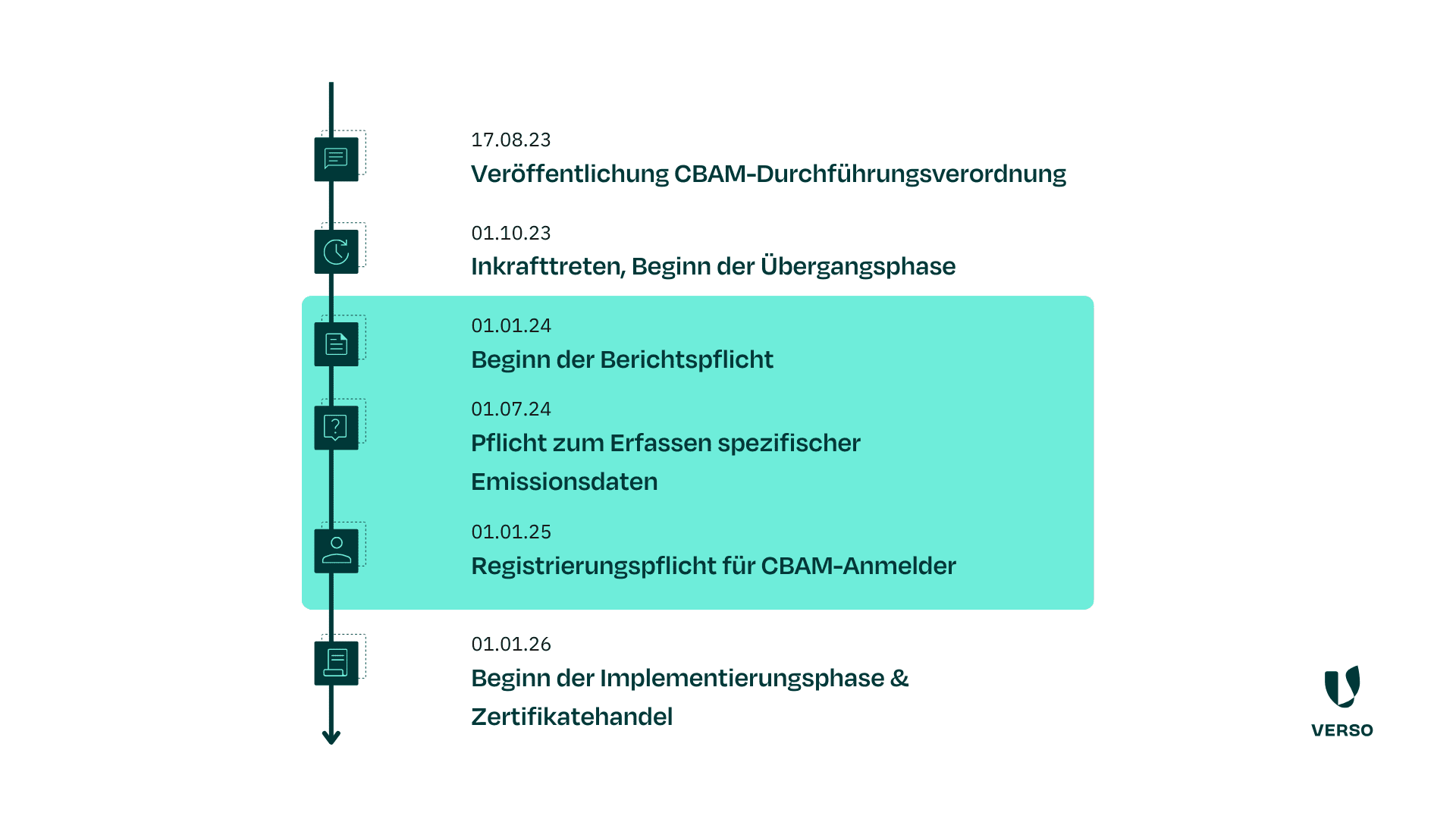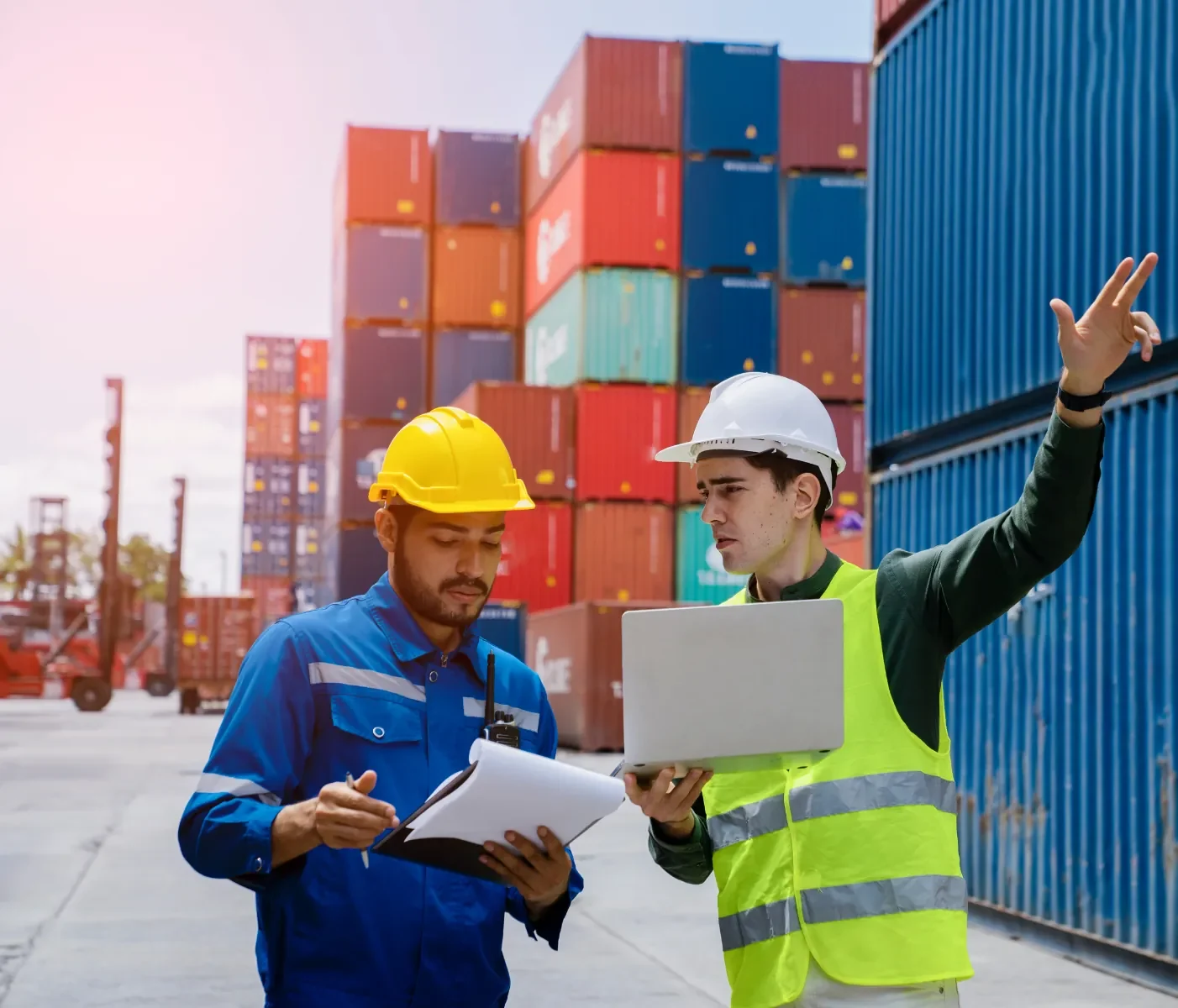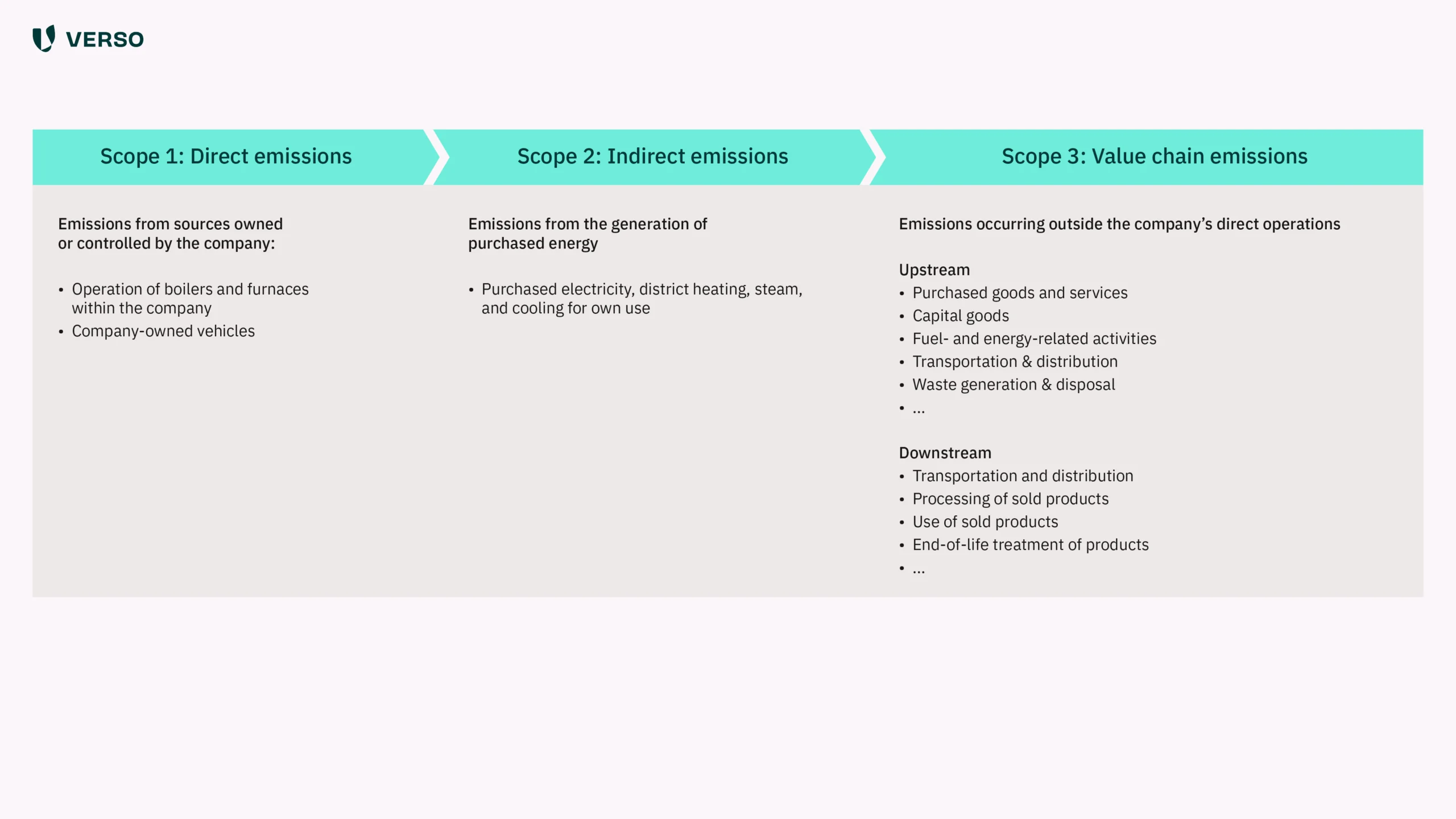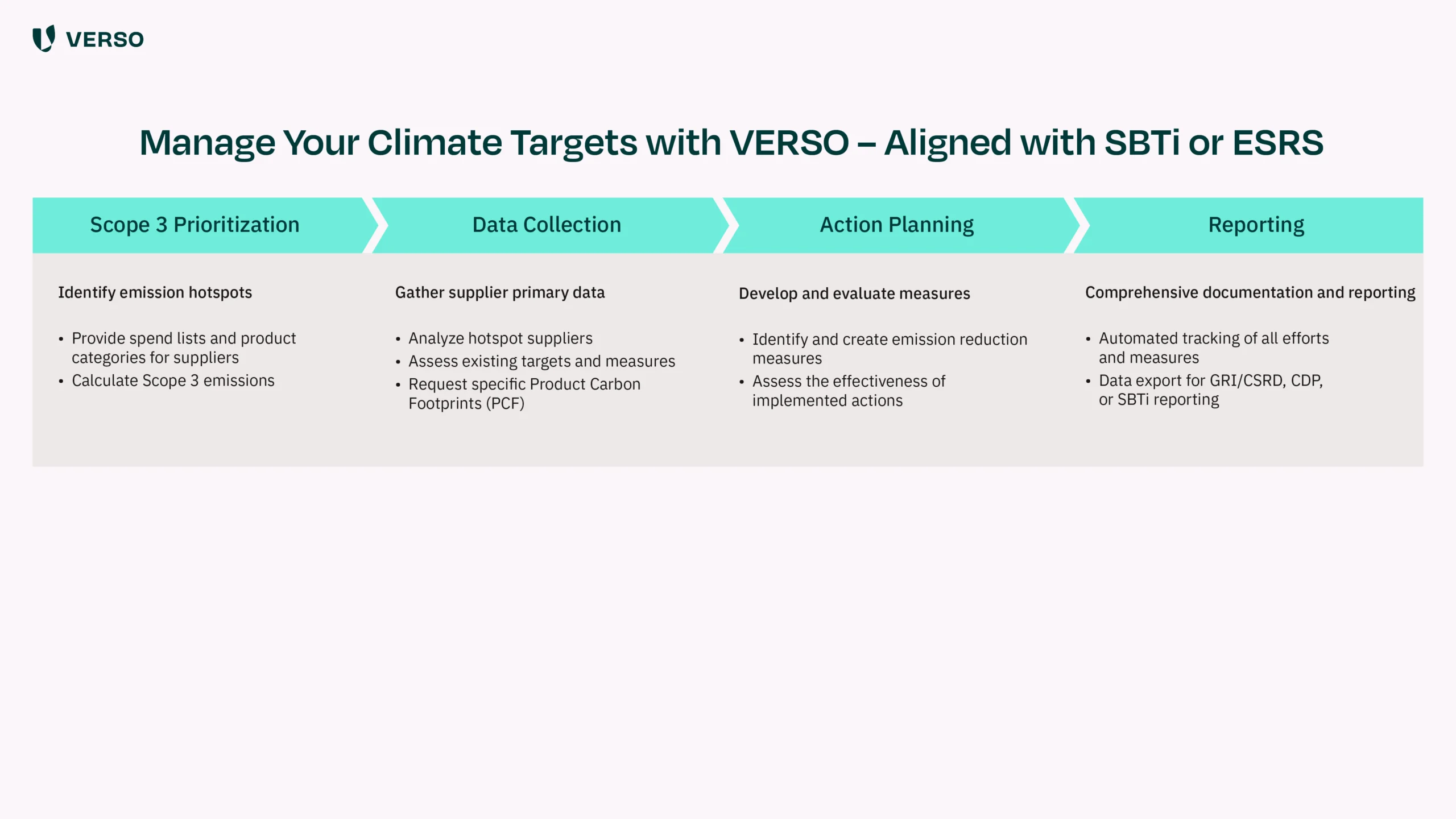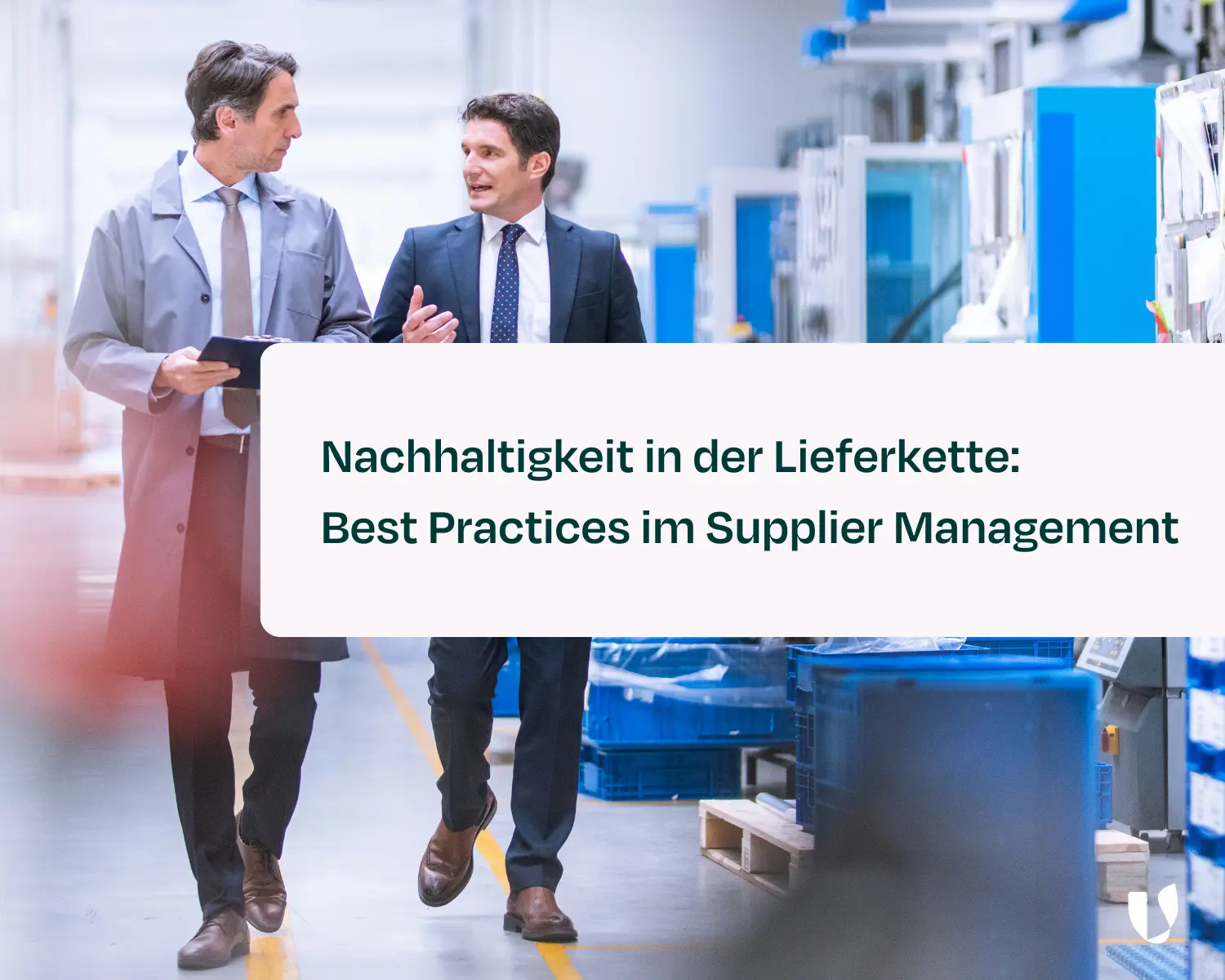
Von der Fichte zum Furnier: Was die EUDR für die Holzindustrie bedeutet
Die EUDR stellt die Holz- und Papierindustrie vor neue Herausforderungen. Ab dem 30. Dezember 2025 dürfen nur noch Holzprodukte in der EU gehandelt werden, deren legale und entwaldungsfreie Herkunft zweifelsfrei nachgewiesen ist. Was das konkret für Waldbesitzer, Sägewerke, Druckereien, Möbelhersteller, Verlagshäuser oder Händler bedeutet, zeigt dieser Beitrag. Klar ist schon jetzt: Die Pflichten variieren – aber niemand ist ganz raus.
Das Wichtigste in Kürze
Unternehmen in der Holzindustrie dürfen 30.12. nur noch Holzprodukte in der EU handeln, deren Herkunft legal und entwaldungsfrei belegt ist. Entscheidend für die konkreten Pflichten sind Marktrolle und Unternehmensgröße. Wer Produkte importiert oder auf dem EU-Markt handelt, muss eine Sorgfaltserklärung abgeben.
Nachgelagerte KMU-Unternehmen profitieren von Erleichterungen, bleiben aber in bestimmten Fällen verantwortlich. Bereits geprüfte Produkte können mit übernommenen Referenznummern weiterverarbeitet oder vertrieben werden – vorausgesetzt, die Sorgfaltspflicht wurde korrekt erfüllt.
EUDR, EUTR, FLEGT, FSC/PEFC: Was ändert sich?
Kurz: Die EUTR wird abgelöst, FLEGT sowie FSC/PEFC bleiben relevant.
Für Unternehmen in der Holzindustrie ist die EUDR nicht völlig neu. Schon die EU-Holzhandelsverordnung EUTR verbot die illegale Einfuhr von Holz und Holzprodukten sowie deren Verarbeitung in der EU.
Was macht die EUDR also anders – und was bedeutet das für FLEGT-Vereinbarungen?
EUTR
Wird ab 30.12.2025 von der EUDR abgelöst. Hier gilt jedoch eine Übergangsregelung für EUTR-Produkte, die vor dem 29.06.2023 hergestellt wurden und ab dem 30.12.2025 in Verkehr gebracht werden. Die EUDR ist hier erst ab 01.01.2029 anzuwenden.
Die EUDR erweitert u.a. die Sorgfaltspflichten der EUTR, aber auch den Umfang der betroffenen Holzprodukte.
FLEGT
Die Risikoanalyse der EUDR unterscheidet zwischen Legalitäts- und Entwaldungsrisiko. FLEGT, das Genehmigungssystem für Holzeinfuhren aus Partnerländern, bleibt vorerst ein Stempel für die Legalität Ihrer Holzprodukte.
FSC/PEFC
Ähnlich wie bei FLEGT liefern FSC- und PEFC-Zertifizierungen Informationen über nachhaltige Waldwirtschaft. Die beiden Zertifizierungen werden im Rahmen der EUDR-Risikoanalyse als Nachweis anerkannt, dass die Produkte legal und entwaldungsfrei sind. Trotzdem entbinden sie Sie nicht von der Pflicht, relevante Daten zu sammeln und Sorgfaltserklärungen zu erstellen.
Holz ist nicht gleich Holz: Welche Verarbeitungsformen fallen unter die EUDR?
Holz ist in reiner und verarbeiteter Form von der EUDR betroffen. Hier mal eine lange Liste aller relevanten Holzprodukte:
- Brennholz, Holzspäne, Sägemehl etc.
- Holzkohle
- Rohholz
- Holz für Fassreifen, Pfähle etc.
- Holzwolle, Holzmehl
- Bahnschwellen aus Holz
- Holz, längs gesägt, gehobelt etc., >6 mm Dicke
- Furnierblätter, Sperrholzlagen ≤ 6 mm
- Profilholz, auch gehobelt, geschliffen
- Spanplatten, Faserplatten, OSB etc.
- Sperrholz, furniertes Holz, Lagenholz
- Verdichtetes Holz
- Holzrahmen, Holzverpackungen, Paletten etc.
- Böttcherwaren aus Holz
- Werkzeuggriffe, Schuhleisten etc. aus Holz
- Bautischlerarbeiten, Fußböden etc.
- Holzwaren für Tisch und Küche, Sitzmöbel und Teile davon aus Holz, Holzmöbel und Teile davon
- Intarsien, Holzkästen, Ziergegenstände
- Halbstoffe und Papier, Grafische Erzeugnisse, Pläne, Bücher etc.
- Vorgefertigte Gebäude aus Holz
Oder anders gesagt: Vom Sägewerk über den Möbelhersteller bis zum Buchhändler sind allerhand Unternehmen zur EUDR-Compliance verpflichtet.
Wie also vorgehen, bei hunderten verschiedenen Ausgangssituationen? Nachfolgend finden Sie einen allgemeinen Fahrplan zur Umsetzung der EUDR sowie konkrete Praxisbeispiele für die Holzindustrie.
So wird die EUDR allgemein umgesetzt
Grundsätzlich ist die Vorgehensweise für alle Unternehmen gleich:
- EUDR-Marktrolle klären. Bin ich Händler oder Marktteilnehmer? Unser EUDR-Check nimmt Ihnen diese Aufgabe ab.
- Daten sammeln. Sie brauchen einen genauen Überblick über Ihre Rohstoffe und Waren und müssen als produzierendes Unternehmen wissen, welche Produkte in Ihr Endprodukt fließen. Für Importeure heißt das: Geodaten der Waldflächen ermitteln. Nachgelagerte Unternehmen benötigen wiederum Referenz- oder Prüfnummern. Besonders wenn Sie keine getrennte Lagerhaltung haben, mitunter nicht einfach – also hier gewissenhaft vorgehen.
- Risikobewertung durchführen. Als betroffenes Unternehmen dürfen Sie nur noch Produkte einführen, die kein oder nur ein vernachlässigbares Waldschädigungsrisiko haben und Legalitätsrisiko haben.
- Erkannte Risiken mindern. Am besten gemeinsam mit Ihren Lieferanten.
- Prozesse dokumentieren und Sorgfaltserklärung erstellen. Nicht-KMU (im Sinne der EUDR) müssen zudem öffentlich jährlich über ihre EUDR-Compliance
Eine ausführlichere Erläuterung aller Schritte zur EUDR-Compliance finden Sie in unserem EUDR-Praxisleitfaden.
… und so wird die EUDR im Holzhandel umgesetzt
Um die Umsetzung der EUDR zu erleichtern, hat die EU ein EUDR-Benutzerhandbuch mit verschiedenen Szenarien veröffentlicht. An den folgenden vier Szenarien können Sie sich orientieren, wenn Sie Holzprodukte produzieren oder mit diesen handeln:
Szenario 1: Vom Baum zum Papierprodukt
Ausgangslage:
Ein Waldbesitzer verkauft stehende Bäume an ein großes Holzunternehmen. Nach der Ernte überträgt er das Eigentum an dem Rohholz an das Unternehmen und bringt es damit erstmals auf den EU-Markt.
Der Waldbesitzer gilt als vorgelagerter KMU-Marktteilnehmer und ist verantwortlich dafür, dass das Holz entwaldungsfrei und legal im Sinne der EUDR ist. Die Sorgfaltserklärung muss im Informationssystem eingereicht werden – er kann hierfür das Holzunternehmen als bevollmächtigten Vertreter einsetzen. Die rechtliche Verantwortung bleibt jedoch bei ihm.
Weiterverarbeitung und Export:
Das Holzunternehmen fällt die Bäume, verarbeitet einen Teil des Holzes in der eigenen Papierfabrik zu Papierprodukten und exportiert diese teilweise aus der EU. Da die Produkte weiterverarbeitet wurden, gelten sie erneut als relevante Erzeugnisse. Das Unternehmen muss eine eigene Sorgfaltserklärung einreichen, kann sich aber auf die bereits eingereichte Erklärung des Waldbesitzers beziehen (inkl. Referenznummer).
Vertrieb innerhalb der EU:
Ein Papiervertriebsunternehmen verkauft das Papier an Druckereien in der EU weiter. Auch wenn das Papier bereits auf dem Markt ist, handelt es sich bei diesem Unternehmen um einen Nicht-KMU-Händler, der dieselben Pflichten wie ein Marktteilnehmer hat. Das bedeutet: Auch das Vertriebsunternehmen muss eine Sorgfaltserklärung im System einreichen. Es kann sich aber ebenfalls auf die frühere Erklärung beziehen, sofern es nachweisen kann, dass die Sorgfaltspflicht korrekt erfüllt wurde.
Fazit:
Entlang der gesamten Lieferkette – vom Wald bis zum Papierregal – müssen Marktteilnehmer und Händler ihre EUDR-Verantwortung wahrnehmen. Frühzeitig eingereichte Sorgfaltserklärungen können dabei genutzt werden, entbinden aber nicht von der Pflicht zur Prüfung und Dokumentation.
Szenario 2: Vom Sägewerk bis ins Möbelhaus
Ausgangslage:
Ein KMU-Sägewerk verarbeitet Holzstämme zu Schnittholz und verkauft dieses an Möbelhersteller innerhalb der EU.
Das Sägewerk bringt ein neues Produkt auf den Markt, muss aber keine eigene Sorgfaltspflicht erfüllen, da es ausschließlich bereits geprüftes Holz verarbeitet. Es ist jedoch verpflichtet, die erhaltene Referenznummer der ursprünglichen Sorgfaltserklärung aufzubewahren. Sie dient als Nachweis für die Rückverfolgbarkeit.
Weiterverarbeitung:
Zwei Möbelunternehmen kaufen das Schnittholz und stellen daraus Möbel her. Beide bringen damit ein neues relevantes Produkt auf den Markt. Sie gelten damit als Marktteilnehmer und müssen die Herkunft der eingesetzten Rohstoffe sauber dokumentieren – auch über Verarbeitungsschritte hinweg.
Dazu gehört, eingehende Lieferungen eindeutig dem jeweiligen Endprodukt zuzuordnen und in der eigenen Sorgfaltserklärung (DDS) auf die entsprechenden vorgelagerten DDS zu referenzieren.
Die weiteren Pflichten unterscheiden sich hier je nach Unternehmensgröße:
- Das größere Unternehmen muss selbst eine Sorgfaltserklärung einreichen, darf sich dabei aber auf die frühere Erklärung des Holzlieferanten beziehen. Es trägt die Verantwortung, dass alle EUDR-Vorgaben eingehalten wurden.
- Das kleinere Unternehmen ist von der Pflicht zur eigenen Sorgfaltserklärung befreit, muss aber ebenfalls die entsprechende Referenznummer aufbewahren.
Achtung bei Mischquellen:
Verwenden die Möbelhersteller auch Schnittholz, das nicht bereits geprüft wurde – z. B. durch eigenen Import – sind sie selbst vollständig für die EUDR-Konformität verantwortlich und müssen eine eigene Sorgfaltserklärung mit allen erforderlichen Angaben (inkl. Geolokalisierung) einreichen.
Fazit:
Je nach Position in der Lieferkette und Unternehmensgröße gelten unterschiedliche Pflichten. Wer ausschließlich mit bereits geprüften Materialien arbeitet, profitiert von Erleichterungen – muss aber jederzeit den Ursprung und die EUDR-Konformität nachweisen können.
Szenario 3: Zeitung aus eigenen Wäldern
Ausgangslage:
Ein Papierhersteller in der EU produziert Zeitungspapier aus Holz aus eigenen Wäldern und bringt es auf den EU-Markt.
Als großer Marktteilnehmer muss der Papierhersteller sicherstellen, dass das Papier entwaldungsfrei und legal ist. Für alle Chargen, die er auf den Markt bringt, muss er eine Sorgfaltserklärung im zentralen Informationssystem einreichen. Wenn alle Produkte aus derselben Herkunft stammen, kann eine einzige Erklärung für mehrere Lieferungen über einen Zeitraum von bis zu einem Jahr genutzt werden.
Weiterverarbeitung:
Ein Verlagsunternehmen kauft das Papier, druckt Zeitungen und bringt diese erstmals auf den Markt. Als großer Marktteilnehmer muss der Verlag ebenfalls eine eigene Sorgfaltserklärung einreichen. Dabei kann er auf die Erklärung des Papierherstellers verweisen. Voraussetzung: Er prüft, dass diese vollständig und korrekt ist. Auch hier kann eine einzige Erklärung für mehrere Zeitungsausgaben (z.B. Quartal) gelten.
Ein zweiter, kleiner Verlag verwendet ebenfalls Papier des gleichen Herstellers, um Zeitungen zu drucken. Da das Papier bereits geprüft wurde und der Verlag als KMU gilt, muss er keine eigene Sorgfaltspflicht erfüllen, sondern nur die Referenznummern der bestehenden Erklärung aufbewahren.
Verkauf im Einzelhandel:
Die Zeitungen werden an zwei Einzelhändler verkauft:
- Der große Einzelhändler muss wie ein Marktteilnehmer handeln. Auch er muss eine eigene Sorgfaltserklärung einreichen, kann aber auf die Erklärung des Verlags verweisen – vorausgesetzt, er prüft deren Gültigkeit. Eine gemeinsame Erklärung für mehrere Lieferungen ist möglich.
- Der kleine Einzelhändler muss keine eigene Erklärung abgeben, aber die Lieferkette dokumentieren und die entsprechenden Referenznummern aufbewahren. Für die Konformität der Produkte ist er nicht verantwortlich.
Fazit:
Ob Produzent, Verarbeiter, Händler oder Verleger: Die Pflichten im Rahmen der EUDR hängen sowohl von der Position in der Lieferkette als auch von der Unternehmensgröße ab. Wer mit bereits geprüften Materialien arbeitet und ein KMU ist, profitiert von Vereinfachungen. Große Unternehmen müssen jedoch eigene Erklärungen abgeben – und die Verantwortung für die Einhaltung der Verordnung tragen.
Szenario 4: Importiertes Papier und eigene Zeitung
Ausgangslage:
Ein kleiner EU-Verleger importiert Papier aus einem Drittland, verarbeitet es zu Zeitungen und vertreibt diese in der EU.
Obwohl der Verleger ein KMU ist, bringt er das Papier erstmals auf den EU-Markt. Er gilt damit als Marktteilnehmer. Der Verleger muss also nachweisen, dass das Papier entwaldungsfrei und legal ist und eine Sorgfaltserklärung im zentralen Informationssystem einreichen. Nutzt er über einen Zeitraum hinweg Papier aus derselben Herkunft, reicht eine einzige Erklärung für mehrere Chargen bis zu einem Jahr.
Weiterverarbeitung zu Zeitungen:
Der Verleger nutzt das Papier, um daraus Zeitungen herzustellen. Diese stellt er anschließend auf dem EU-Markt bereit. Als KMU, das bereits geprüftes Material verwendet, muss er für die Zeitungen keine neue Sorgfaltserklärung abgeben. Er ist jedoch verpflichtet, die Referenznummern der bestehenden Erklärung aufzubewahren.
Vertrieb durch einen Großhändler:
Ein größerer Großhändler kauft die Zeitungen und vertreibt sie weiter. Obwohl sich am Produkt nichts ändert, muss der Großhändler eine eigene Sorgfaltserklärung für die Zeitungen einreichen.
Er kann dabei auf die bestehende Erklärung des Verlegers verweisen – muss aber zuvor prüfen, ob diese vollständig und korrekt ist. Auch hier ist eine gemeinsame Erklärung für mehrere Lieferungen über einen längeren Zeitraum möglich, solange die Sorgfaltspflicht für alle Produkte erfüllt ist.
Fazit:
Kleinere Marktteilnehmer profitieren von Erleichterungen, bleiben aber in bestimmten Rollen verantwortlich – vor allem beim Import. Größere Händler müssen auch bei scheinbar „fertigen“ Produkten wie Zeitungen die Verantwortung für deren Herkunft übernehmen und aktiv dokumentieren, dass alle EUDR-Anforderungen erfüllt wurden.
Die Pflichten variieren – VERSO unterstützt Sie in jeder Situation
Wer Holz oder Holzprodukte in der EU vermarktet, muss ihre Herkunft dokumentieren und potenzielle Entwaldungsrisiken ausschließen – egal ob kleines Möbelhaus oder internationaler Papierkonzern. Jetzt kommt es darauf an, die eigene Marktrolle zu kennen, die richtigen Daten zu sammeln und Verantwortung nicht weiterzureichen, sondern mitzutragen.
Unsere EUDR-Softwarelösung hilft Ihnen, Ihre Pflichten zu erfüllen – automatisiert und effizient.
* Bei diesen Informationen handelt es sich um redaktionell zusammengefassten Content, der nicht als Rechtsberatung zu verstehen ist. VERSO übernimmt keine Haftung.
Das könnte Sie auch interessieren:
Abonnieren Sie unseren Newsletter!
Tragen Sie sich ein und erhalten Sie regelmäßig Neuigkeiten zu:
- Aktuellen ESG-Themen und Gesetzesänderungen
- Best Practices aus den Bereichen ESG und nachhaltige Lieferketten
- News zu VERSO
- Sustainability Events uvm.

